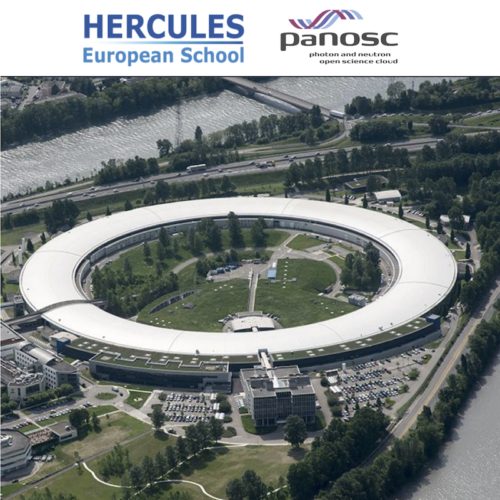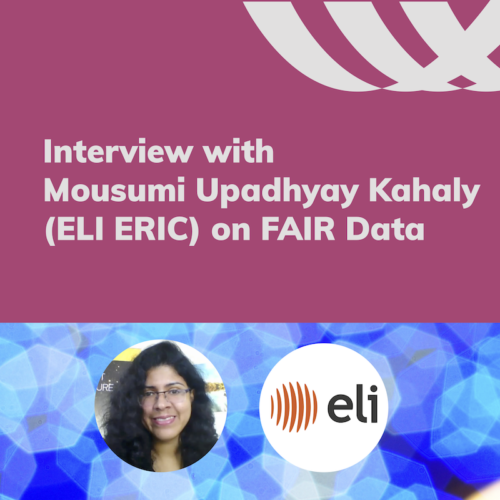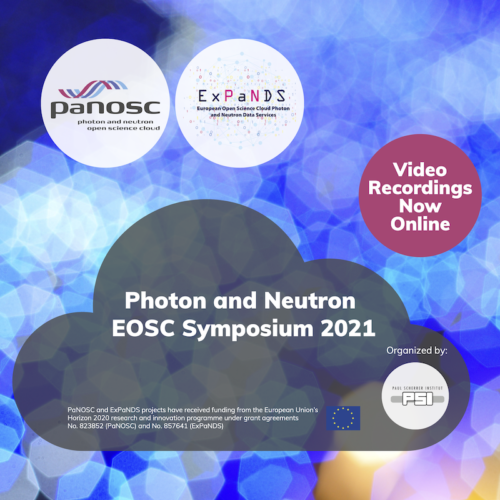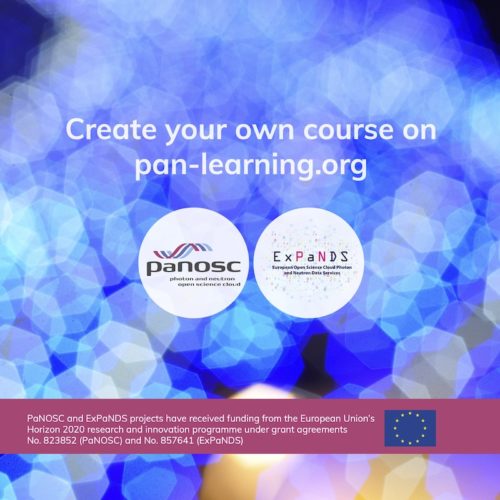
An OASYS hands-on tutorial for simulating propagation of X-rays along beamline optics was held in March 15 and 17 2022, in the context of the European HERCULES school. This year, for the first time, the tutorial used the infrastructure set by the PaNOSC project. Students accessed the course material in the pan-learning.org platform, which aims […]
Read
We interviewed PaNOSC contributor from CERIC-ERIC, Andrea Lorenzon, on H5nuvola, a web tool written in Python, to visualise, explore and analyse HDF5 data generated at photon sources. WATCH THE VIDEO
Read
McXtrace 3.0 “next generation” release is now available, with a completely rewritten code-generator and thereby support for GPU-acceleration through the OpenACC programming model. McXtrace is a general Monte Carlo ray-tracing software for simulation X-ray beamlines and experiments, distributed under the open source license of GPL. Currently, the active partners behind the McXtrace project is DTU Physics […]
Read
We interviewed Mousumi Upadhyay Kahaly, leading the Computational Materials Science team at ELI-ALPS (ELI ERIC) in Szeged, Hungary, to share her view on FAIR data and its benefits for the research community and society at large. WATCH THE VIDEO
Read
The multinational company GPixel* uses the HDF5 file format extensively for validation, characterisation and volume production testing of image sensors. The company has recently adopted two software developed within PaNOSC: H5Web, the web-based HDF5 file viewer, and H5Grove, the Python package for serving HDF5 files. HDF5 is a format to store data and metadata in a […]
Read
We interviewed Alessandra Gianoncelli – beamline scientist at the TwinMic X-ray microscopy beamline at the CERIC synchrotron facility at Elettra, Italy – to share her view on FAIR data and its benefits for the research community and society at large. WATCH THE VIDEO
Read
The outcomes and future of the two EOSC projects PaNOSC and ExPaNDS were presented at the LEAPS General Assembly on 17 September 2021 and the LEAPS plenary meeting on 20-21 October 2021. The two projects include almost all members of LEAPS and LENS, and therefore the adoption and sustainability of the services developed in PaNOSC […]
Read
Nearly 120 IT professionals, scientists and managers from the Photon and Neutron (PaN) community attended the 2nd European PaN EOSC Symposium organised jointly by PaNOSC and ExPaNDS on 26th October 2021. WATCH THE VIDEO HERE The first session focused on the grants’ main goals, challenges and achievements, with a joint presentation by projects’ coordinators Patrick […]
Read
We interviewed Dr. Stella d’Ambrumenil, contributor in PaNOSC WP8 for staff & user training. Stella shared her views on the benefits of Open Data, and on the steps to be taken to make research data more FAIR. WATCH THE VIDEO Stella, with a PhD in Chemistry, and currently post-doc at the Data Management and Software […]
Read
The Human Organ Atlas is now online, with data on studies using the new technique Hierarchical Phase-Contrast Tomography (HIP-CT), an X-ray tomography technology, for imaging whole human bodies at multiple anatomical levels, from organs to cells. Histology using optical and electron microscopy images cells and other structures with sub-micron accuracy but only on small biopsies […]
Read
Following the EOSC Symposium 2021, an article on how to make the EOSC work was recently released and published on Zenodo*, with PaNOSC contribution by Rudolf Dimper (ESRF). EOSC (The European Open Science Cloud) is a complicated beast. The vision to build an ecosystem of interoperable data and services, enabling cross-border, interdisciplinary and open research […]
Read
Scientists are invited to create new training content in the field of photon and neutron science on pan-learning.org. To learn about the PaN e-learning platform, watch the newly released video by PaNOSC contributor, Stella d’Ambrumenil. Watch the video here PaN-learning is a Photon and Neutron (PaN) e-learning platform funded by the PaNOSC and ExPaNDS H2020 […]
ReadTorna su
Use this form to search the entire PaNOSC site
By using this site, you accept the use of cookies and third-party cookies Learn more
The cookie settings on this website are set to "allow cookies" to give you the best browsing experience possible. If you continue to use this website without changing your cookie settings or you click "Accept" below then you are consenting to this.